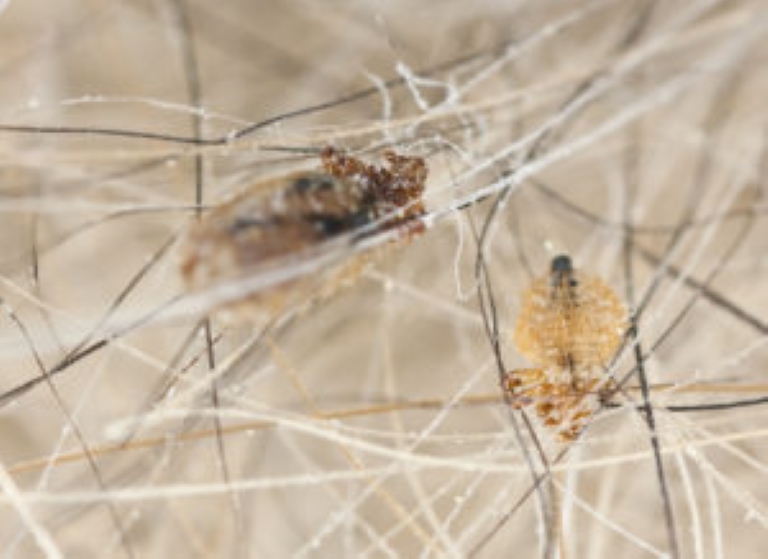On this page, we will give pet owner advice, showing you the common conditions in the salon and how to avoid them with treatments.
Our grooming services usually include bathing, conditioning, drying your pet, removing any small tangles, trimming nails and giving your pet a basic health check.
In-between professional grooms, you will need to maintain your pet’s coat by brushing and combing on a weekly basis.
Fleas
You may see fleas in your pet’s coat or what looks like black grit (flea dirt). It can usually be found around the base of the tail or on the tummy.
Fleas can be picked up in the garden, on a walk or in the park, as well as from other pets.
You will need to use a flea repellent to avoid your pet attracting fleas. Flea treatments, flea collars, sprays, shampoos, and powders will kill and repel fleas.
As you can see on the right-hand side, the cycle of getting fleas is infinite if fleas remain in the house, so it’s very important to destroy where they are coming from as soon as possible and disinfect your entire household.
You can purchase flea treatments at your vet’s office, in your pet shop, or pharmacy.
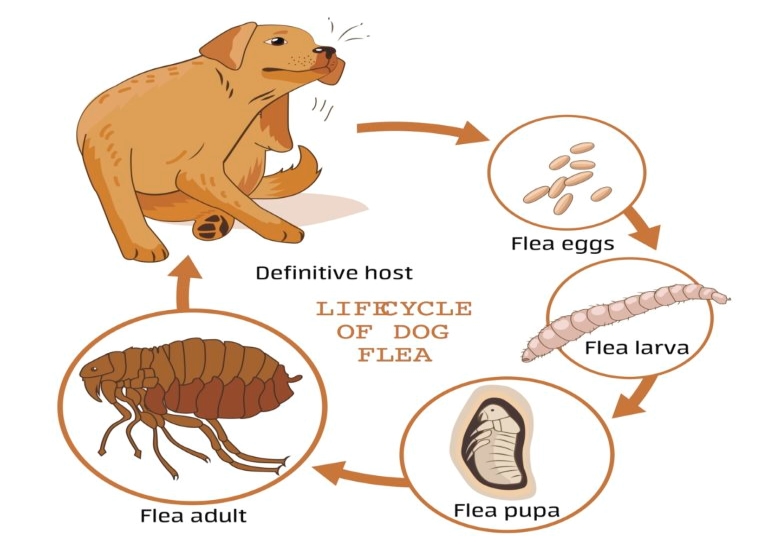
Ticks
Ticks can be seen easily in your pet’s coat. They look like small spider-like, egg shaped creepy crawlies. They can attach anywhere on your pet’s skin.
Ticks are usually picked up in woodland, grassland or in your garden.
You will need to remove the tick with a tick remover and avoid squeezing the body or leaving the mouth on your pet. You can also use tick repellance to avoid your pet attracting ticks in the future or after. Spot on treatments, tablets and collars can be used to kill and repel ticks.
You can purchase tick treatments at your vets or in your local pet shop or pharmacy.
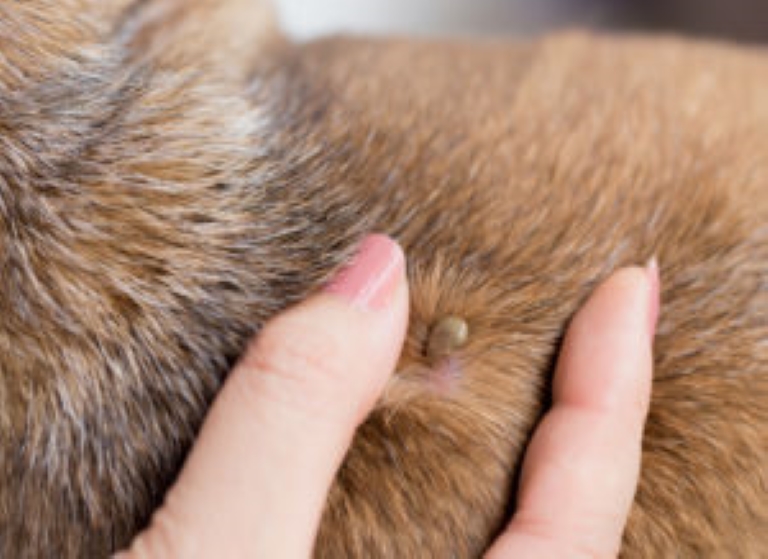
Overgrown Nails
Your pets nails should be quite short and not be curling under the foot when standing upright. If they curl under, the dogs nails need to be clipped.
The dogs nail contains a blood vessel and nerve (quick) which can grow long as the nails grow. This can sometimes make it difficult to clip the nails without making them bleed.
There should be a few millimetres of white nail after the pink of the dogs ‘quick’. If the nails look like this and do not curl under the paw – they do not need clipping.
If the dogs nails cannot be clipped but are sharp then you can file them down at home using a metal nail file.
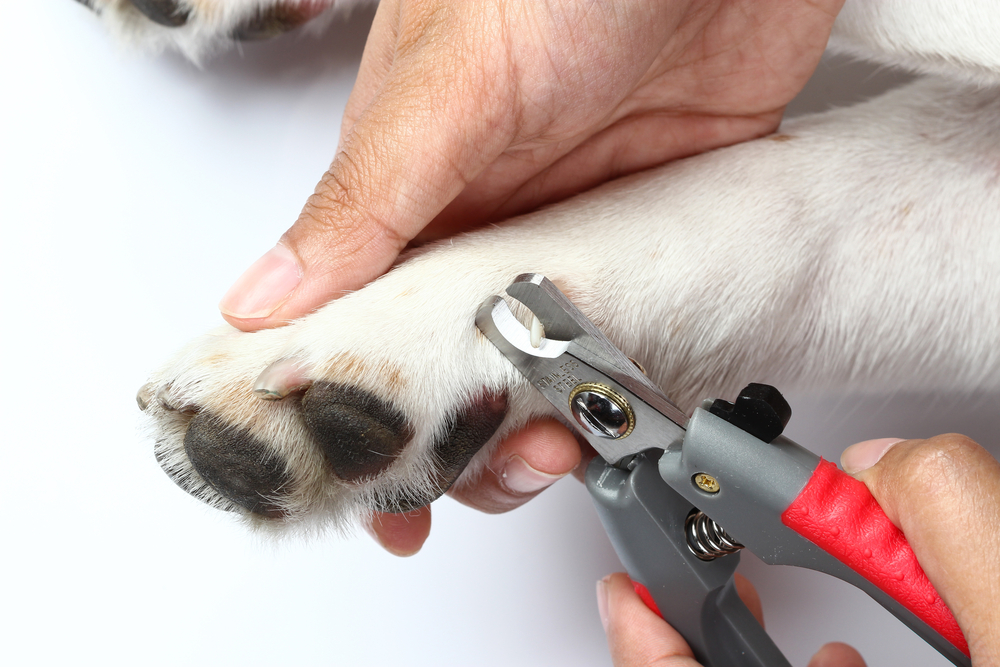
Ear Infections
Any smell or discharge coming from your dog’s ears is not normal.
Pull your pet’s ears back and look regularly for anything abnormal.
Smell could be bacterial, fungal or ear mites.
Consult your vet for treatment or try Thornit powder, which you can purchase at Absolutely Animals.
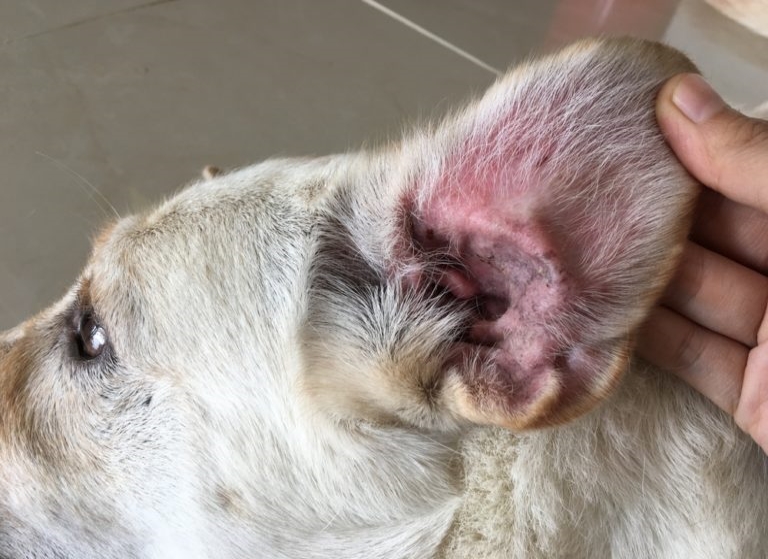
Matted Fur
Matted fur can pull on your pet’s skin and damage it.
It can pull the hair out by the roots and pull on the skin, which will be uncomfortable for your pet.
Matted fur generally has to be clipped away, as trying to groom it out will hurt your pet.
The skin is the biggest organ in your pet’s body and can have reduced function because of the matting.
Matting in your pet’s fur can make a health check difficult and can harbour insect infestations, grass seeds and foreign bodies which can hurt your pet
Matting is best avoided by regular brushing and combing at home – especially after going outside.
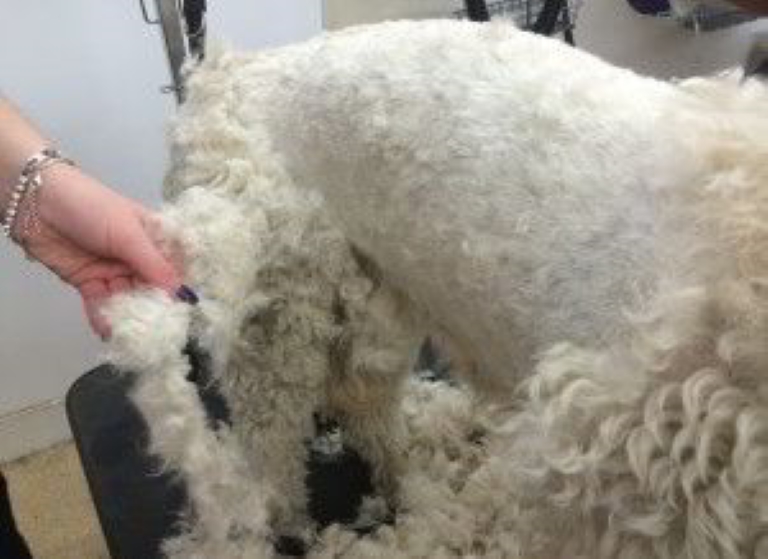
Weeping Eyes
If your pet has clear eye discharge, the chances are good that it’s caused by allergies or something physical, like dust in the eye, eyelash or wind blowing in the face.
Yellow-green or pus-like, eye discharge, could indicate a serious infection. Always talk to your vet to get at the root cause of your pets eye discharge, because some problems can result in blindness or loss of an eye if left untreated.
Staining is caused by an over normal amount of discharge and bacteria build up. Antibiotics, raw diet, spring water and a water magnet can reduce discharge and staining.
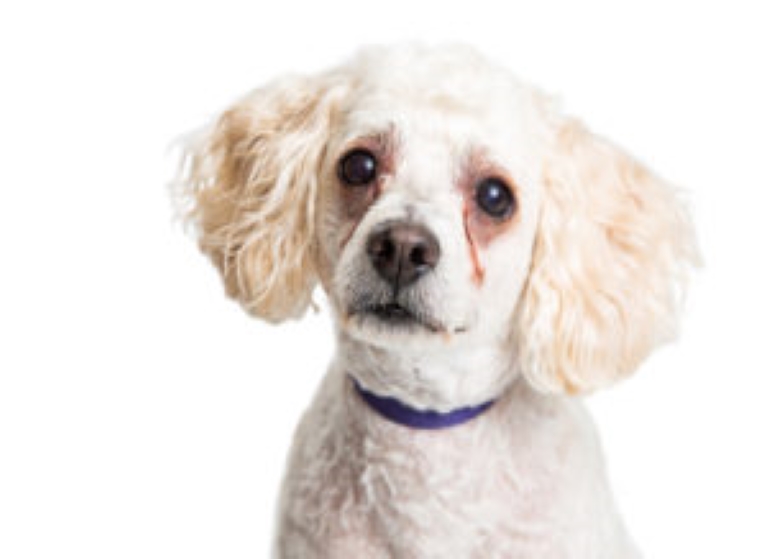
Skin Irritations
Although most skin problems are not emergencies, it is important to get an accurate diagnosis, so the condition can be treated.
See your veterinarian if your pet is scratching or licking excessively, or if you notice any changes in your pet’s coat or skin, including scaling, redness, discolouration, or bald patches. Once the cause is identified, most skin problems respond well to treatment.
Please bring any prescribed shampoos with you to your grooming appointment and check with your vet any problems cannot be transferred.
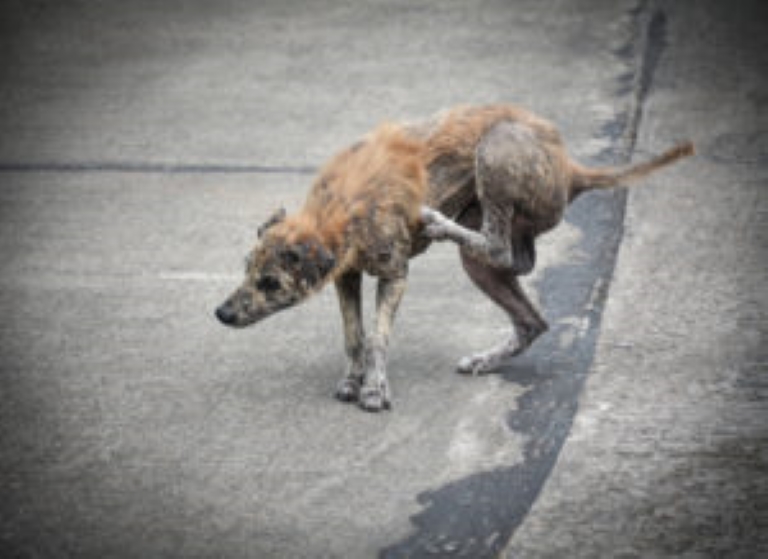
Anal Gland Issues
Dogs and cats have anal glands which are scenting glands, the two small pouches are on either side of their anus. They make a smelly, oily, brown fluid that they use to identify each other and mark their territory. It’s why dogs often sniff each other’s behinds. Anal sac disease begins as an uncomfortable impaction and can progress to an infection or abscess.
If your dog is scooting its bottom along the floor, several times a day or is irritated in that region, please consult your vet.
Anal glands should not be expressed externally unless recommended by a vet.
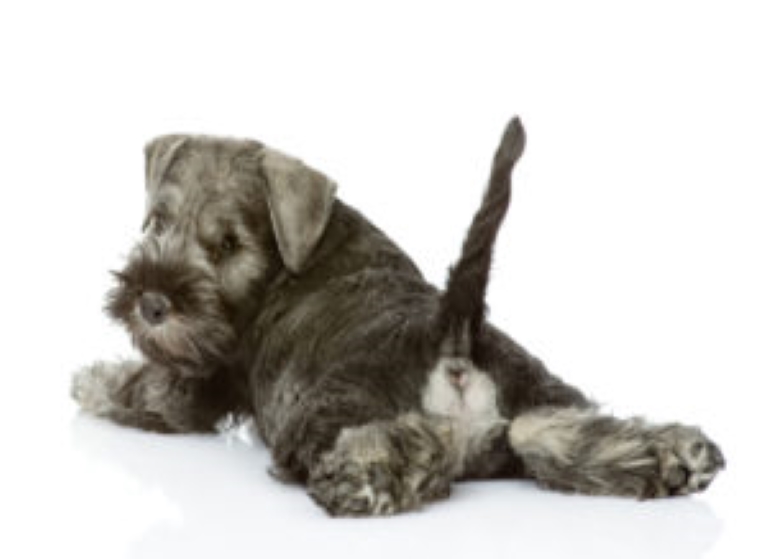
Lumps and Warts
Warts usually occur on the ageing skin of older dogs — as if the loss of hair and muscle strength weren’t enough for them to deal with! They can also be more of a problem in breeds that need to be groomed (clippers may cut the wart and cause bleeding).
Dog warts can also trigger an ‘itch’ response, making the dog lick or scratch the area, which also makes it bleed or get infected.
Please let us know if your pet has any lumps or warts.
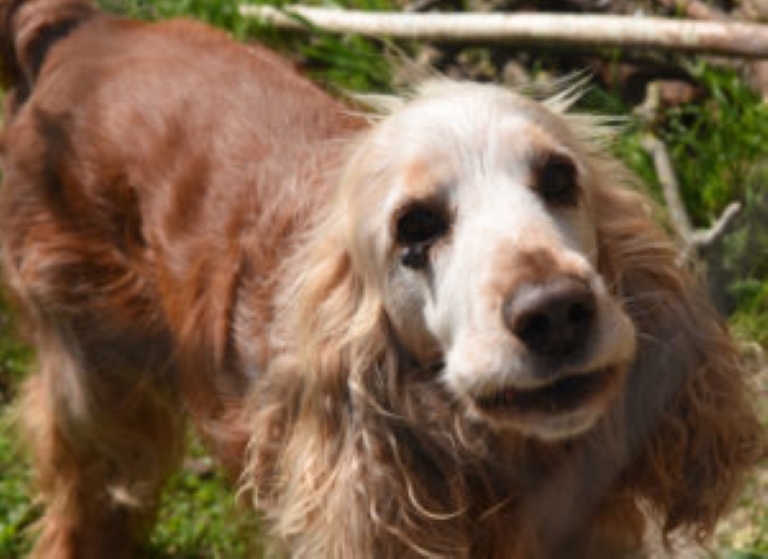
Bad Breath
Most often, bad breath is caused by dental or gum disease, and certain pets — particularly small ones — are especially prone to plaque and tartar. However, persistent bad breath can also indicate larger medical problems in the mouth, respiratory system, gastrointestinal tract, or internal organs.
Open your pets’ mouth regularly and check the teeth and gums. Teeth should be white and gums pink.
Consult your veterinary surgeon if you are concerned about bad breath in your pet.
We now offer teeth cleaning for dogs
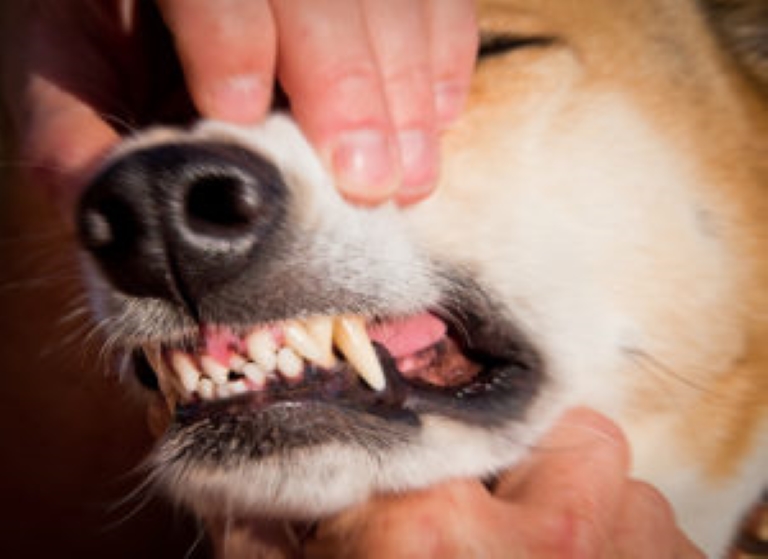
Grass Seeds
Dogs with injuries caused by grass seeds is an extremely common seasonal problem. Breeds with hairy ears and hairy feet are more at risk if walked in meadows or woodlands where these grasses commonly grow in abundance.
The common occurrence of problems caused by grass seeds is mainly down to their minute shape coupled with its unique design. When examined closely, dry Foxtail grass seeds resemble tiny arrowheads. This enables them to attach themselves easily to an animal’s fur and burrow into the skin.
If you walk your dog in these areas it is advisable to check through the coat with a brush and comb when you get home. Pay particular attention to pads, between toes, ears and under arms.

Lice
Lice are parasites that live on the skin of an affected dog. They are actually a small insect that feeds by chewing on the skin of the dog or by sucking the blood, depending on the type of louse.
Both types of lice can be passed directly from one dog to another through direct contact or through contact with contaminated objects, such as or bedding.
There are a wide variety of shampoos, as well as insecticidal sprays and powders that are effective in killing lice. It may be necessary to treat your dog more than once to kill the developing nits as they hatch.
You can purchase lice treatments from your vet
